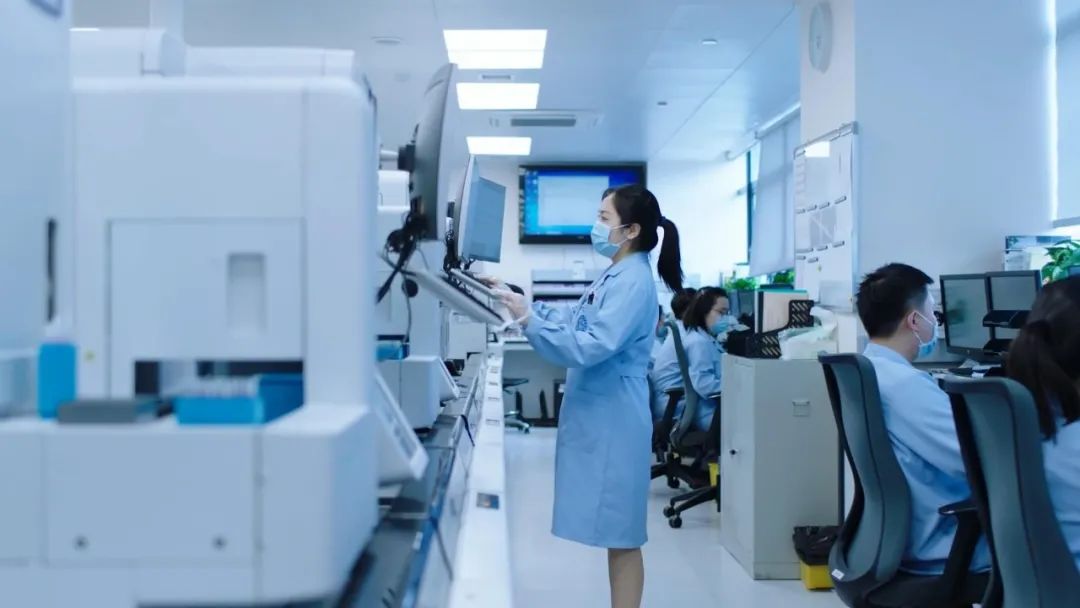Ophthalmology Research Laboratory, West China Hospital, Sichuan University
2024-06-26
The team's academic cooperation achievements and documents with the Ophthalmology Research Laboratory of West China Hospital, Sichuan University:
The Ophthalmology Research Laboratory of West China Hospital of Sichuan University is an important base focusing on the pathogenesis and prevention and treatment strategies of ophthalmology and visual diseases. The laboratory was established in 1996. Its predecessor was the Ophthalmology Clinical Molecular Biology Laboratory established in 1994 with funding from the Ministry of Health's Clinical Key Discipline Construction Project. The laboratory is located on the second floor of the First Research Building in the Science and Technology Park of the High-tech Zone of West China Hospital.
The Ophthalmology Research Laboratory is based in the Department of Ophthalmology, the Science and Technology Platform Department of the West China School of Clinical Medicine of Sichuan University and the State Key Laboratory of Biotherapy of Sichuan University. It is dedicated to the in-depth research of common ophthalmic and visual diseases, including fundus diseases, glaucoma, cataracts, strabismus and amblyopia, as well as orbital, corneal and ocular surface diseases.
The laboratory has a team of professional researchers, including the director Professor Chen Danian, whose research focuses on the division and proliferation, degeneration and death of retinal cells, differentiation and reprogramming, and the mechanism of retinal angiogenesis. He explores the pathogenesis and prevention and treatment strategies of common fundus diseases at the molecular level.
In addition, the laboratory also has advanced equipment and platforms, including special equipment such as fluorescence quantitative PCR instrument, visual electrophysiology instrument, in vivo electroporator, LICOR near-infrared fluorescence imager, as well as research platforms such as cell platform, animal platform, molecular biology platform and pathology platform.
The Ophthalmology Research Laboratory plays an important role in the scientific research and teaching of ophthalmology. It is also an important base for the training of ophthalmology talents. Through continuous research and innovation, the laboratory has made positive contributions to the development of ophthalmology.



